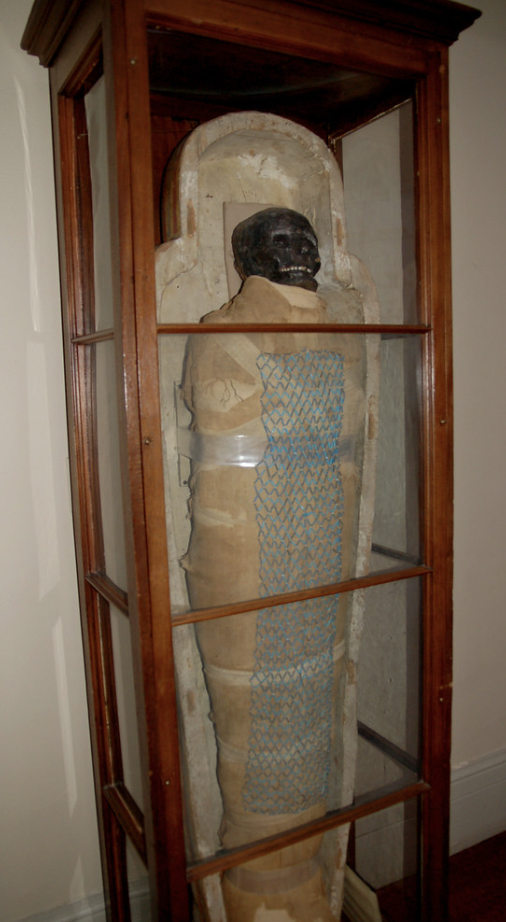Padihershef 😱 A Mummy At Mass General
From the many pieces of art and historical artifacts that make up Boston's rich cultural fabric, few hold the unique appeal of Padihershef. This ancient Egyptian statue, now housed in Massachusetts General Hospital, weaves together threads from the past and the present, symbolizing a shared commitment to healing across millennia.
Here are five intriguing facts about Padihershef and its extraordinary journey:
1. A Stone-Carved Snapshot of Ancient Life
Padihershef, also known as Padi, is a 3,000-year-old stone sarcophagus that was crafted during Egypt's 26th Dynasty. It is named after the man whose mummified remains it once held - Padihershef, a stonecutter from Thebes. The intricately carved hieroglyphs on its surface provide insight into the life, occupation, and beliefs of its eponymous occupant, serving as a frozen snapshot of ancient Egyptian life and customs.
2. An Unexpected Gift
Padihershef arrived at Massachusetts General Hospital as a gift in 1823, making it one of the first complete ancient Egyptian sarcophagi to be brought to America. This was no small feat considering its weight and size, requiring significant resources to transport it across continents and oceans. It was a gift from Jacob Van Lennep, a Dutch merchant and antiquarian, to Dr. John Collins Warren, a co-founder of the hospital and the New England Journal of Medicine.
3. A Medical Connection
The choice of Mass General as Padi's home was not merely due to Dr. Warren's involvement in its founding. It's also symbolic of the connection between the medical practices of ancient Egypt and today. Ancient Egyptians were known for their sophisticated medical knowledge, and Padihershef, now residing in a medical institution, represents the enduring pursuit of health and wellbeing across centuries.
4. A Cherished Boston Landmark
For 200 years, Padihershef has become an iconic part of the hospital and Boston's cultural landscape. It stands in the Ether Dome, a historical operating theater turned medical museum, attracting visitors from around the world. It's not just an artifact to be viewed but a symbol of the continuity of care and a testament to the enduring human spirit.
5. An Empty Sarcophagus
Interestingly, Padihershef's sarcophagus is currently empty. The mummy of Padihershef was transferred to the Boston Museum of Fine Arts in the early 20th century for better preservation and study. This move facilitated a more detailed understanding of ancient Egyptian burial customs and Padi's life. Nevertheless, the empty sarcophagus continues to speak volumes about our shared human history.
In the bustling hallways of Mass General, Padihershef stands as a silent sentinel, bridging the gap between ancient traditions and modern medical practices.
Have you visited Padihershef? Let us know your thoughts in the comments!



